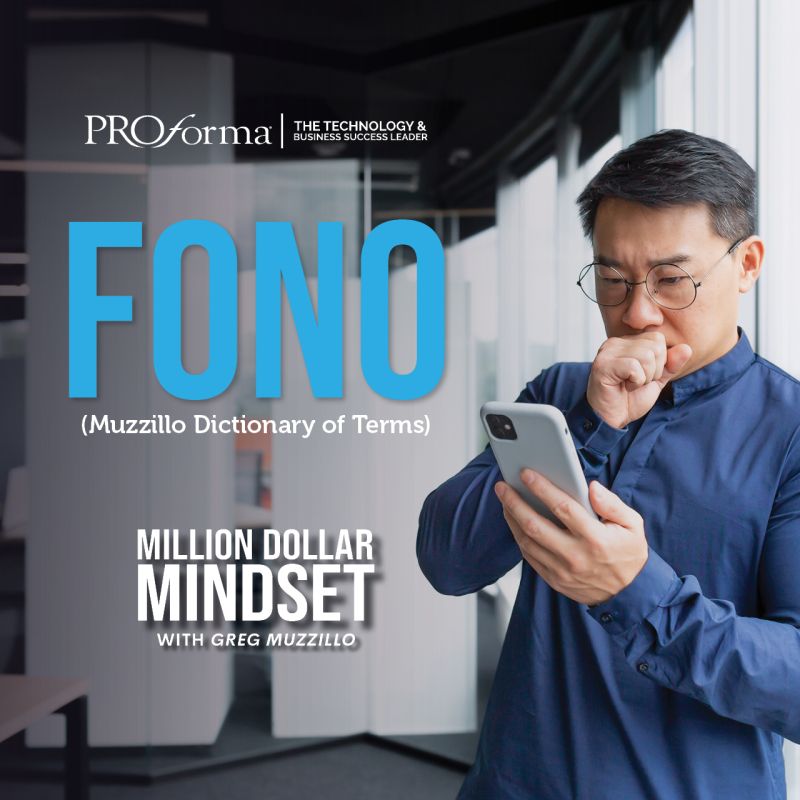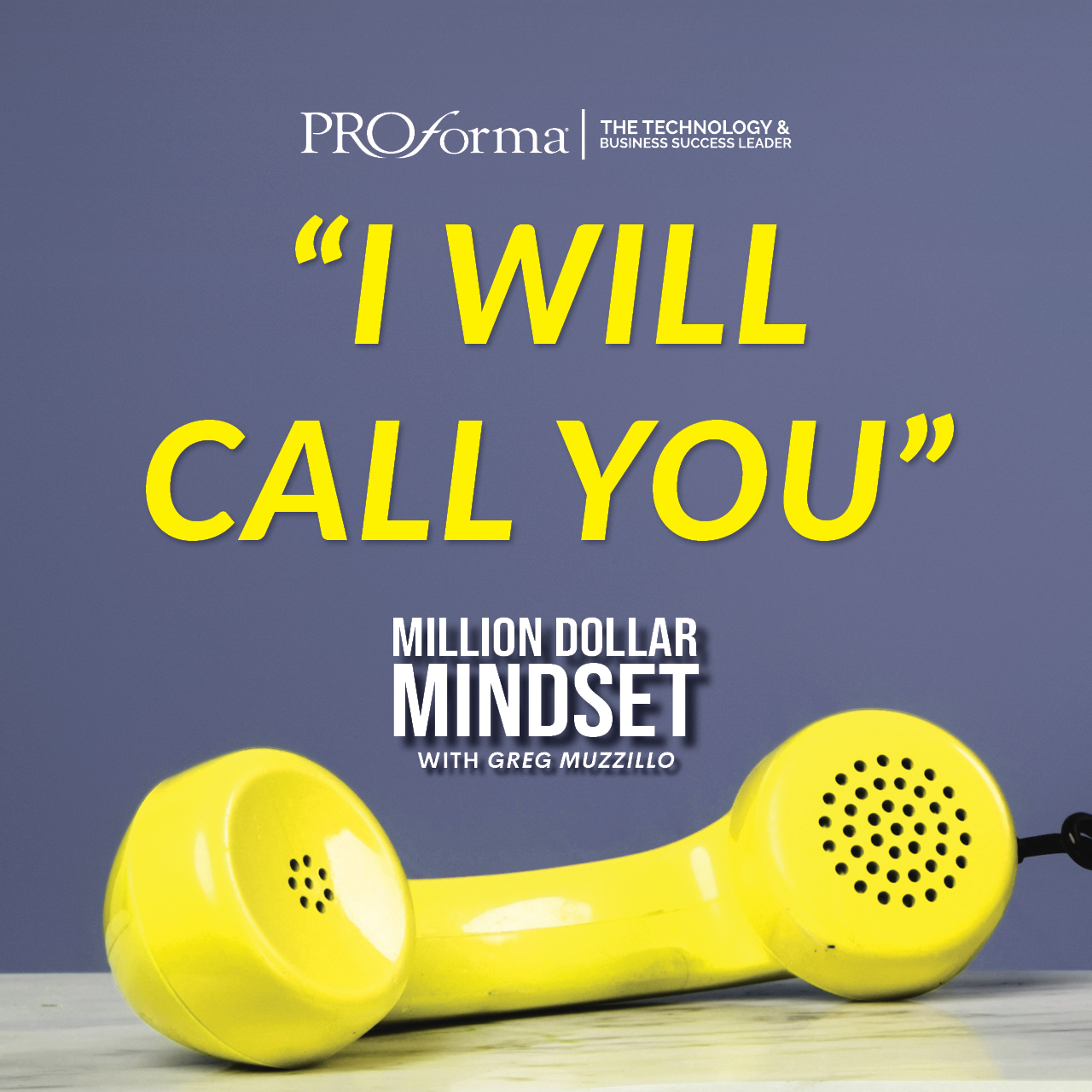There’s a lot that goes into marketing upscale and expensive fashion brands beyond putting the clothes on really, really, ridiculously good-looking people and shooting creatively extravagant print ads. Because the thing is, not everyone can afford these clothes. As much as someone would love to buy a statement piece from Gucci or Prada, it’s just not in the cards for many of us.
A lot of these brands are finding more ways for the common folk to participate in their luxury brand lifestyle and use the logos to boost their own appearances without spending exorbitant amounts of money on apparel or jewelry.
Mixing the brand identity with something affordable like candy or sweets is one way these companies have given more people access to their brands, and thus created more awareness and visibility.
The Guardian reported that Prada is opening a bakery in London—which is also home to a Fiorucci store that touts itself as the “most Instagrammable cafe,” and a Ralph Lauren coffee shop on Regent Street.
https://www.instagram.com/p/BuvWEkkHHZT/
Remember the story we did a little while ago about food literally monogrammed with logos, leading us to speculate that branded food items were going to be a major promotional trend in the future? Well, we should’ve played the lottery, folks, because the future is now.
The Guardian also reported that Fendi opened a little candy shop in London that included monogrammed popsicles.
https://www.instagram.com/p/BmJxn2xgHb-/
It comes down to a simple principle: When people can’t afford to experience your brand due to financial constraints, you can either take the potential loss in customer figures, or find a way to bring the brand experience to them. The Guardian smartly called it “socks appeal”:
From a marketing perspective, fashion’s foodie love-in is a progression of “socks appeal”: the idea that investing in small, relatively inexpensive branded items, such as socks, is a way for customers to align themselves with high-end labels, without making a more significant investment. But whereas Fendi socks still cost £90-100, the lolly was a fraction of the price, at just £4.
Here’s the other thing these companies are acutely aware of: If your logo/brand isn’t constantly being shared on social media, do you really exist? You certainly don’t exist in the public conversation or cultural zeitgeist as much as others, that’s for sure.
So, by creating something like branded snacks, which most everyone can afford, you create something that’s notable, novel and, most importantly, shareable.
Think about the “millennial night” promotion that Minor League Baseball team did. The name is pretty silly, but the core of the promotion was creating products that were inherently shareable. Things like “selfie stations” and integrated hashtags lent themselves perfectly to publishing on public forums like Instagram and Twitter.
At the end of the day, that’s the most important thing. It’s free advertising on a widespread basis. It’s eternal brand awareness.
If you can mix in the high perceived value of a logo like Gucci’s or Prada’s with something relatively low-priced like snack foods or socks, you pinpoint a very unique space in the advertising and consumer universe.



